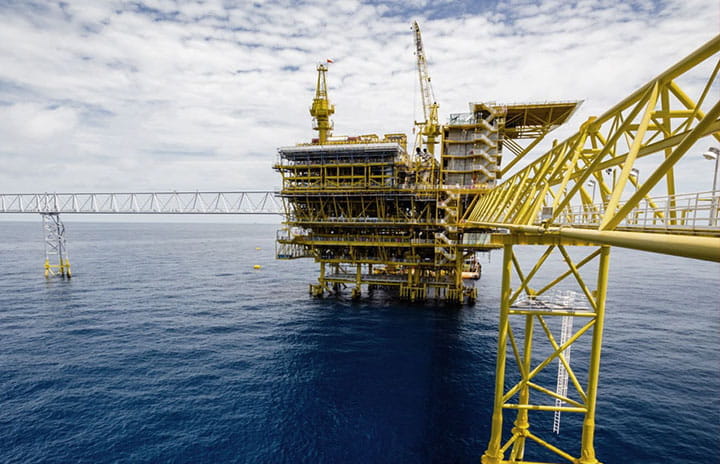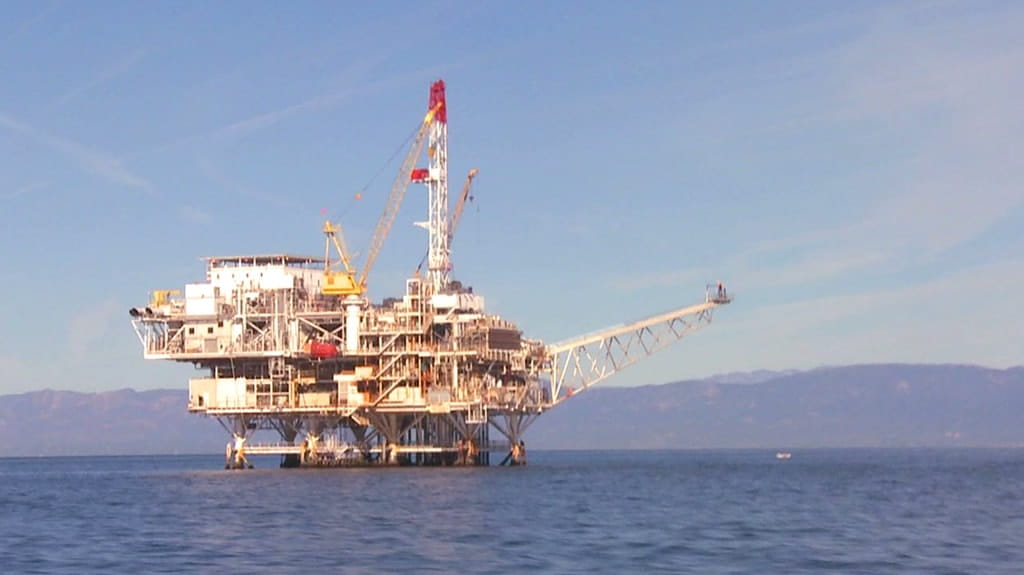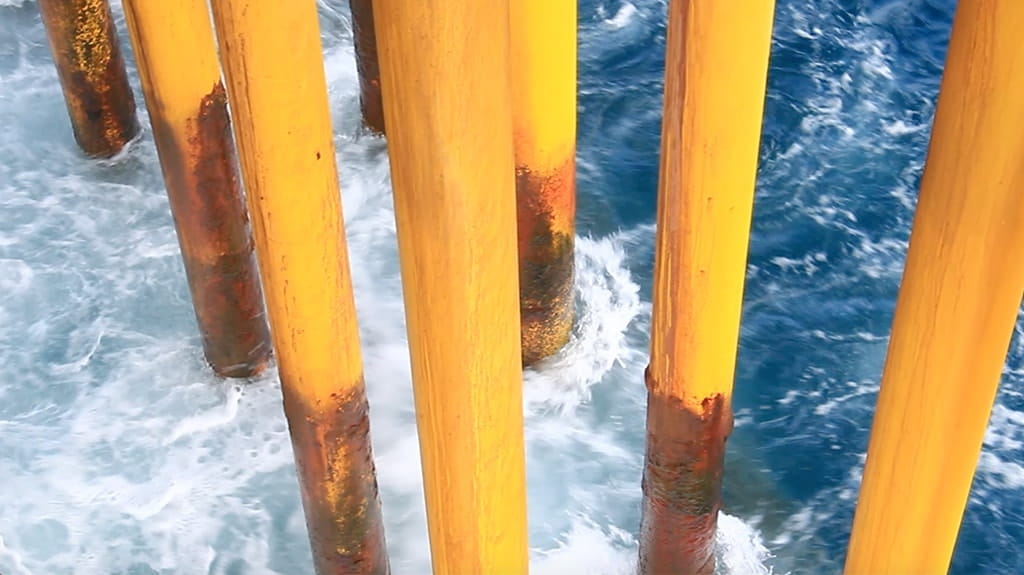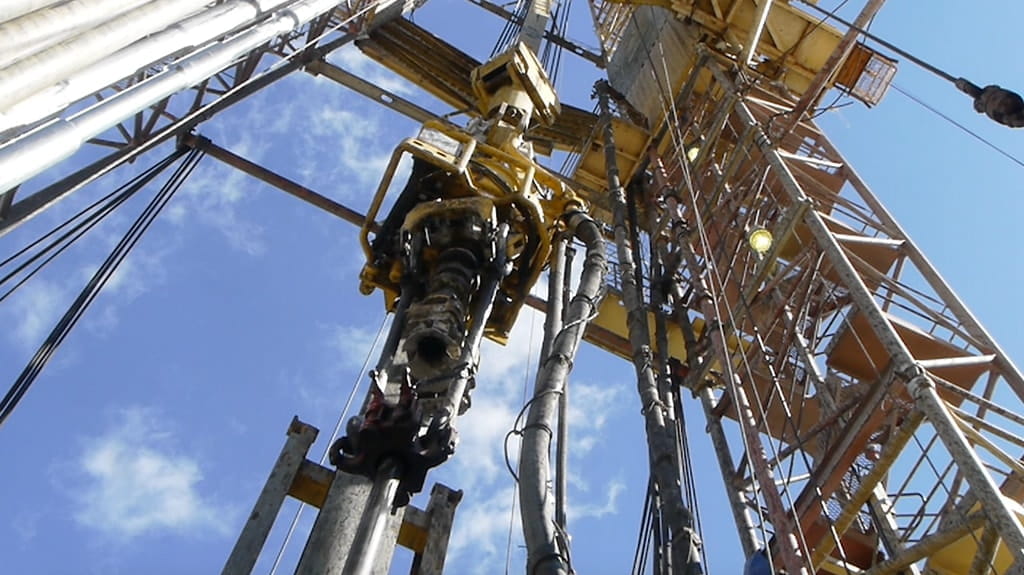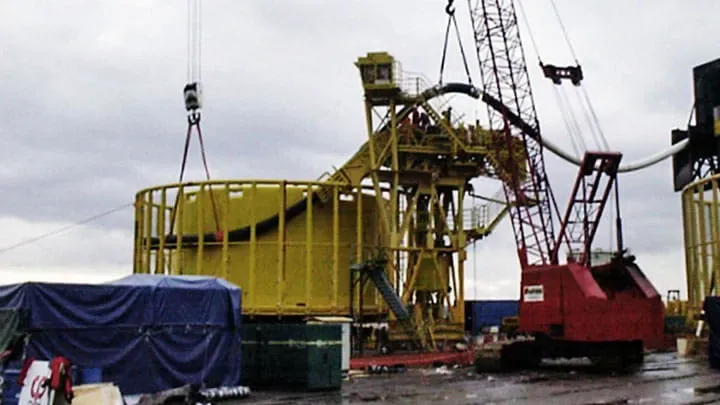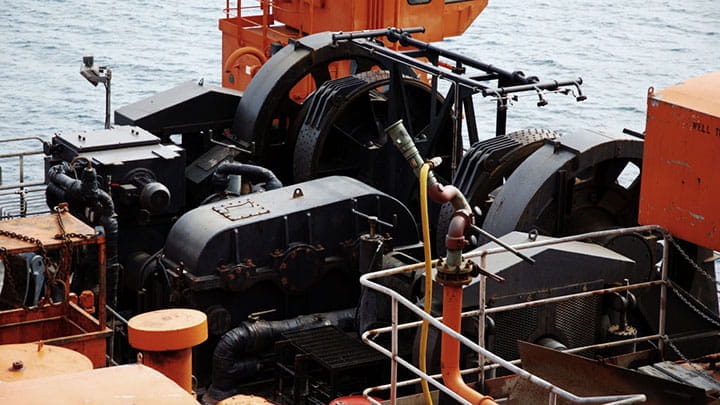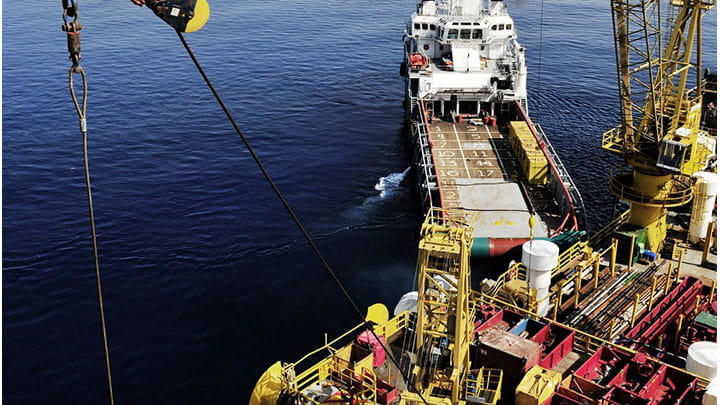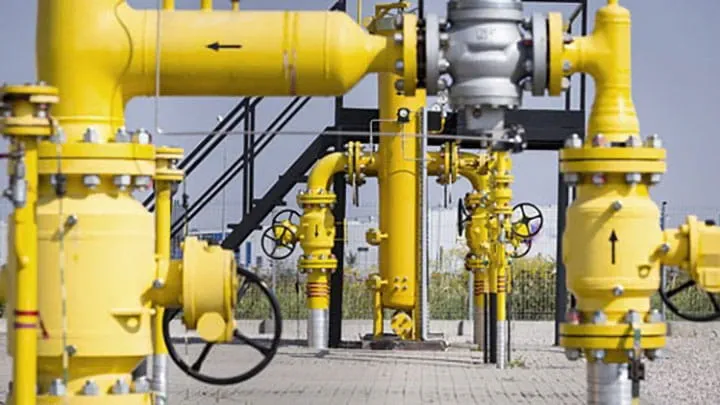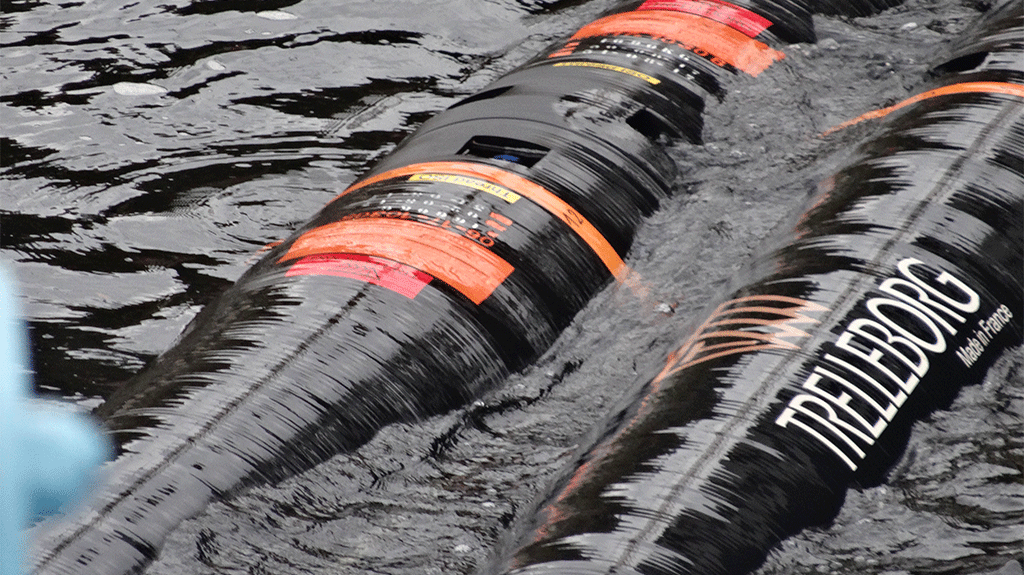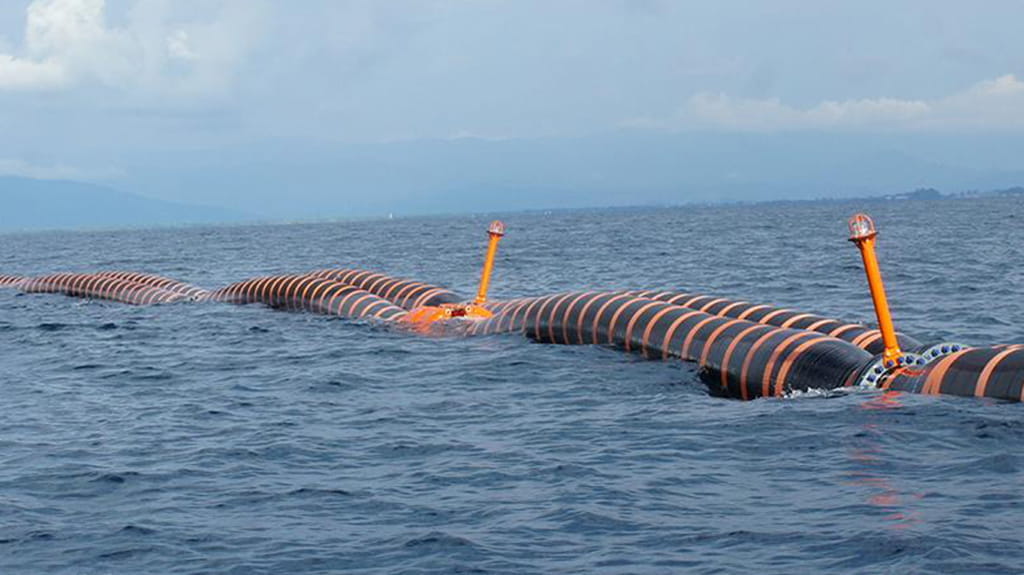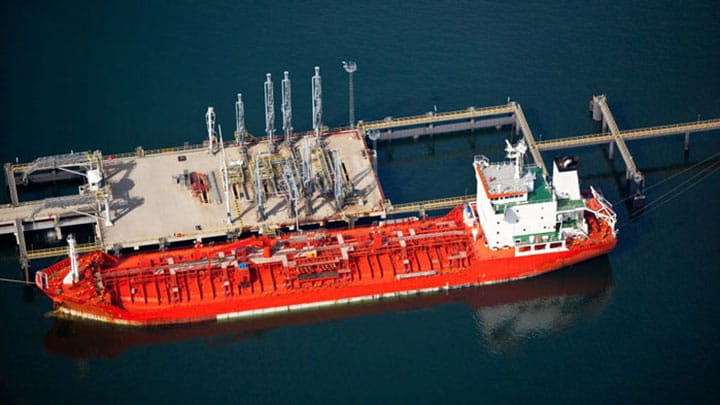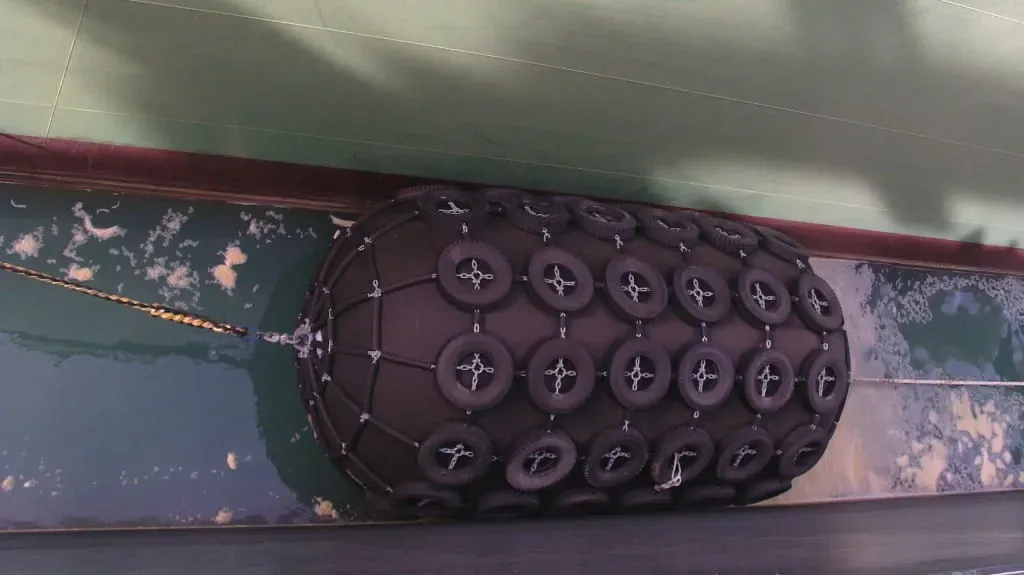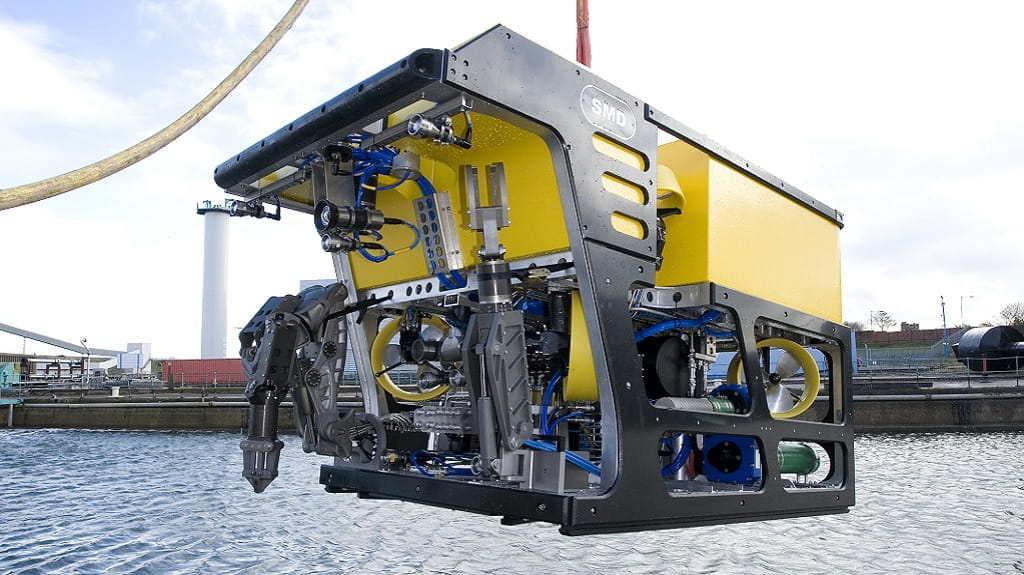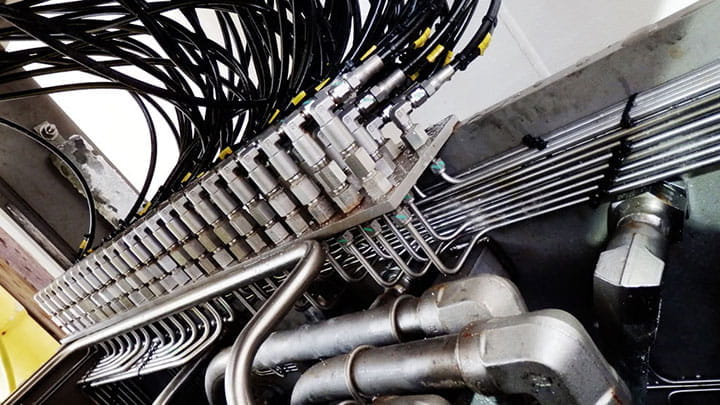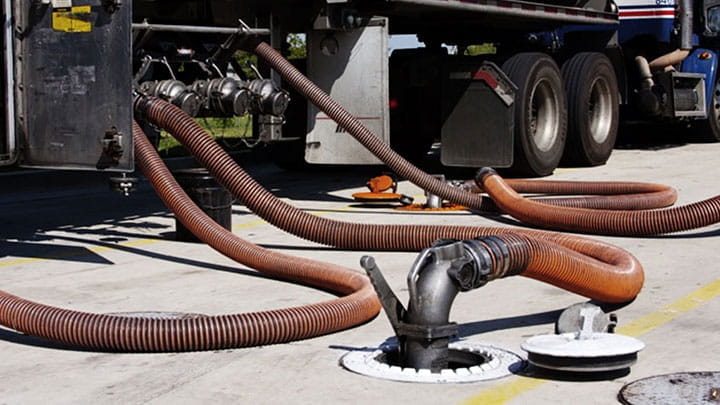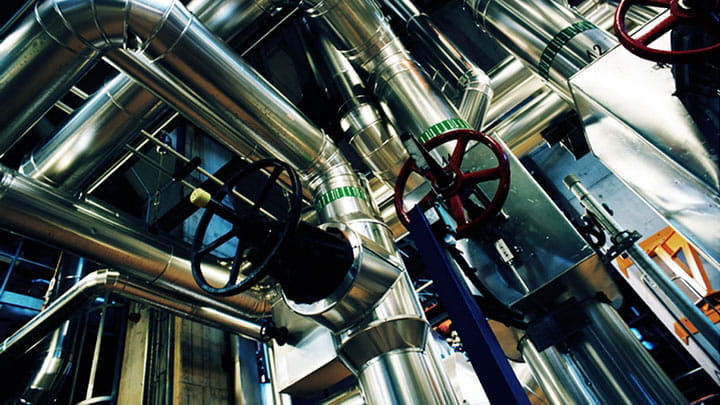Tackling your most important issues
When you explore oil and gas fields or tap into more challenging sources you must operate in increasingly harsh and tough conditions. With Trelleborg’s engineered solutions you can rely on equipment durability, increased safety and compatibility.
Trelleborg’s engineered solutions for the oil and gas industry are developed using innovative, high-performance materials to protect and damp in even the toughest of conditions.
Topside & Maintenance and Modification Offshore (MMO)
Protection, systems and technology on rigs and FPSOs.
Oil & Gas Transfer
Solutions for transfer of crude oil and liquefied natural gas offshore and in terminals.
Surface
Buoyancy and protection for vessels, port facilities and in open sea.
Subsea
Buoyancy, clamping and protection under water.
Refining Production
Oil & gas technology in and out of refineries.
